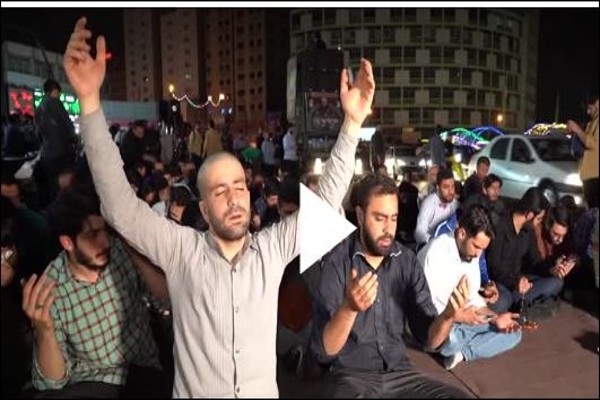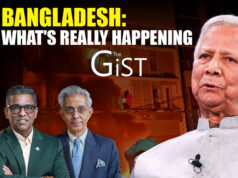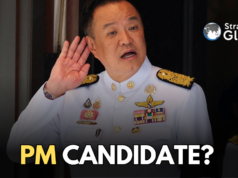Iranian President Ebrahim Raisi, whose helicopter crashed in mountainous terrain on Sunday, is a contender to be Iran’s next supreme leader.
Raisi’s won in an election in 2021, after conservative and moderate rivals were disqualified by a hardline oversight body.
He then brought all branches of power under the control of hardliners loyal to Supreme Leader Ali Khamenei.
Ayatollah Khamenei, Raisi’s 85-year-old mentor, has the final say on all major policies.
Raisi, 63, took a tough stance in now-moribund negotiations with six major powers to revive a 2015 nuclear deal.
Hardliners in Iran have been emboldened by the chaotic U.S. military withdrawal from neighbouring Afghanistan and policy swings in Washington.
In 2018, then-U.S. president Donald Trump reneged on a nuclear deal and restored harsh U.S. sanctions. This prompted Tehran to progressively violate the agreement’s nuclear limits.
Indirect talks between U.S. President Joe Biden’s administration and Tehran to revive the pact have stalled.
Raisi’s hardline position has also been evident in domestic politics. A year after his election, he ordered tighter enforcement of Iran’s “hijab and chastity law”
Within weeks, a young Kurdish Iranian woman, Mahsa Amini, died in custody after being arrested by morality police.
The nationwide protests that followed posed one of the gravest challenges to Iran’s clerical rulers since the 1979 Islamic Revolution.
Hundreds were killed, according to rights groups. These included dozens of security personnel who were part of a fierce crackdown on demonstrators.
“Acts of chaos are unacceptable,” the president insisted.
Although a political novice, Raisi has the full backing of Ayatollah Khamenei.
However, the widespread protests against clerical rule may have diminished his popularity at home.
People in Iran are setting off fireworks after hearing that the helicopter of the President of the Islamic Regime in Iran has crashed pic.twitter.com/1LxgDMAzR0
— Visegrád 24 (@visegrad24) May 19, 2024
As a young prosecutor, Raisi sat on a panel that oversaw the execution of hundreds of political prisoners in 1988.
Inquisitions known as “death committees” were set up across Iran comprising religious judges, prosecutors and intelligence ministry officials. These panels decide the fate of thousands of detainees in arbitrary trials that lasted just a few minutes, according to Amnesty International.
Asked about allegations that he had played a part in the death sentences, Raisi told reporters in 2021: “If a judge, a prosecutor, has defended the security of the people, he should be praised … I am proud to have defended human rights in every position I have held so far.”
He rose through the ranks of Iran’s Shi’ite Muslim clergy and was appointed by Khamenei to the high-profile job of judiciary chief in 2019. Shortly afterwards, he was also elected deputy chairman of the Assembly of Experts, the 88-member clerical body responsible for electing the next Supreme Leader.
“Raisi is a pillar of a system that jails, tortures and kills people for daring to criticize state policies,” said Hadi Ghaemi, executive director of New York-based advocacy group the Center for Human Rights in Iran (CHRI). Iran denies torturing prisoners.
(Reuters)
In a career spanning three decades and counting, Ramananda (Ram to his friends) has been the foreign editor of The Telegraph, Outlook Magazine and the New Indian Express. He helped set up rediff.com’s editorial operations in San Jose and New York, helmed sify.com, and was the founder editor of India.com.
His work has featured in national and international publications like the Al Jazeera Centre for Studies, Global Times and Ashahi Shimbun. But his one constant over all these years, he says, has been the attempt to understand rising India’s place in the world.
He can rustle up a mean salad, his oil-less pepper chicken is to die for, and all it takes is some beer and rhythm and blues to rock his soul.
Talk to him about foreign and strategic affairs, media, South Asia, China, and of course India.





